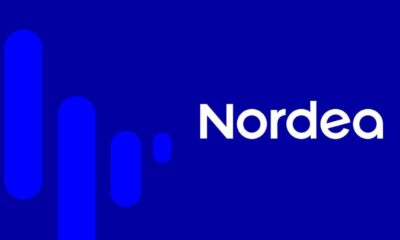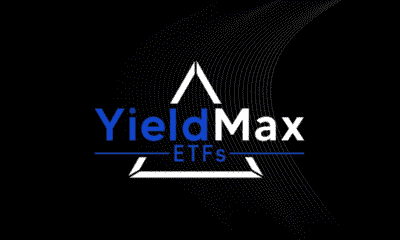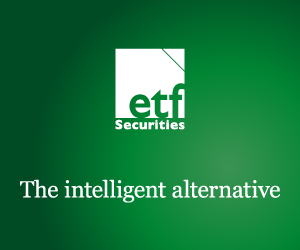Nyheter
Weak Growth Data Hits Equities, but China A Shares Buck the Trend
-

 Nyheter3 veckor sedan
Nyheter3 veckor sedanMontrose befäster sin position som den populäraste ETFen
-

 Nyheter3 veckor sedan
Nyheter3 veckor sedanBNP Paribas Asset Management lanserar Europe Defense ETF
-

 Nyheter4 veckor sedan
Nyheter4 veckor sedanGlobal X noterar Europafokuserad försvarsfond
-

 Nyheter3 veckor sedan
Nyheter3 veckor sedanKommer Nordea att lansera nya börshandlade fonder?
-

 Nyheter4 veckor sedan
Nyheter4 veckor sedanNu introduceras fem nya europeiska börser på Nordnet – courtagefri handel under maj
-

 Nyheter3 veckor sedan
Nyheter3 veckor sedanBlackRock lanserar europeisk försvars-ETF för europeiska investerare
-

 Nyheter4 veckor sedan
Nyheter4 veckor sedanYieldMax™ tillkännager första utdelningen för YYYY
-

 Nyheter4 veckor sedan
Nyheter4 veckor sedanRivstart för Montrose ETF-satsning!
























